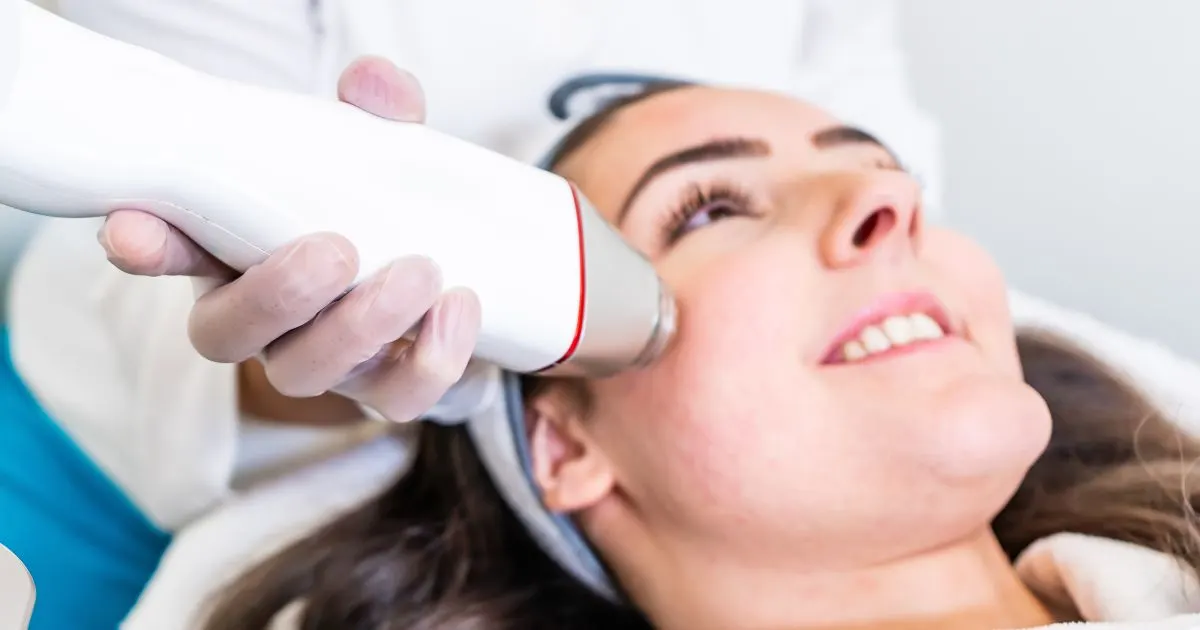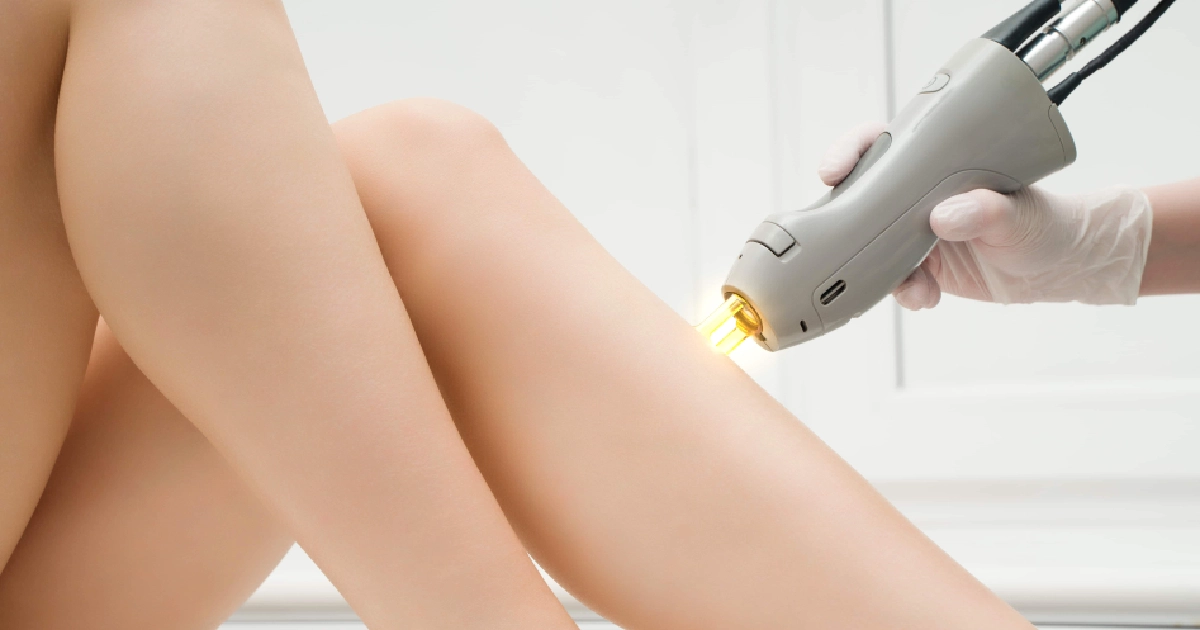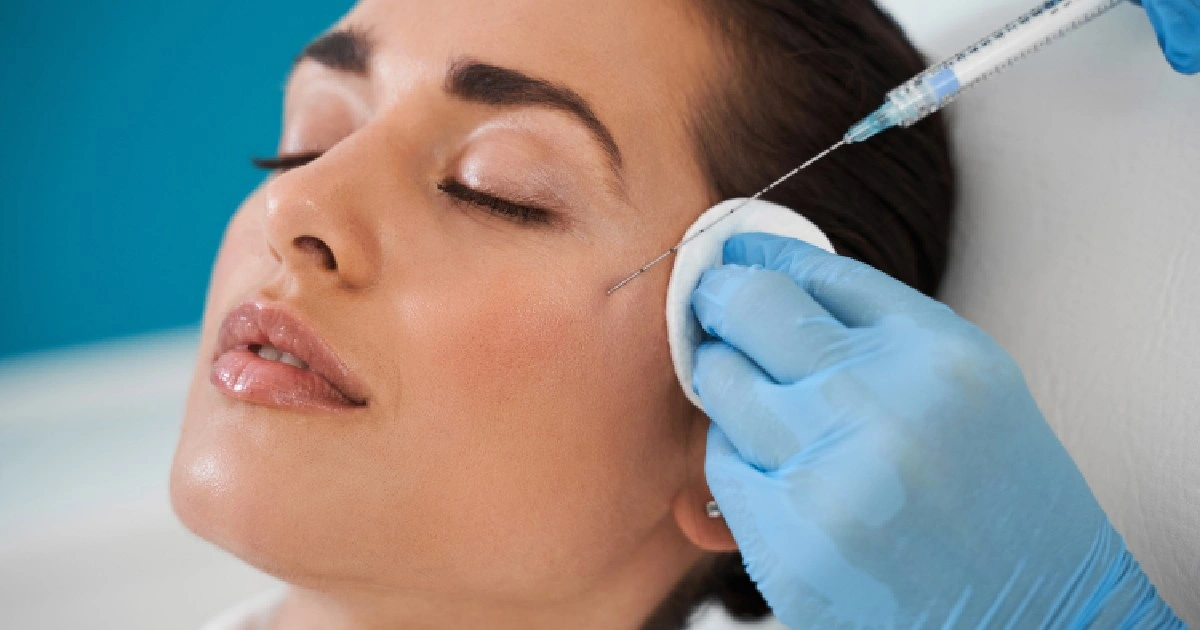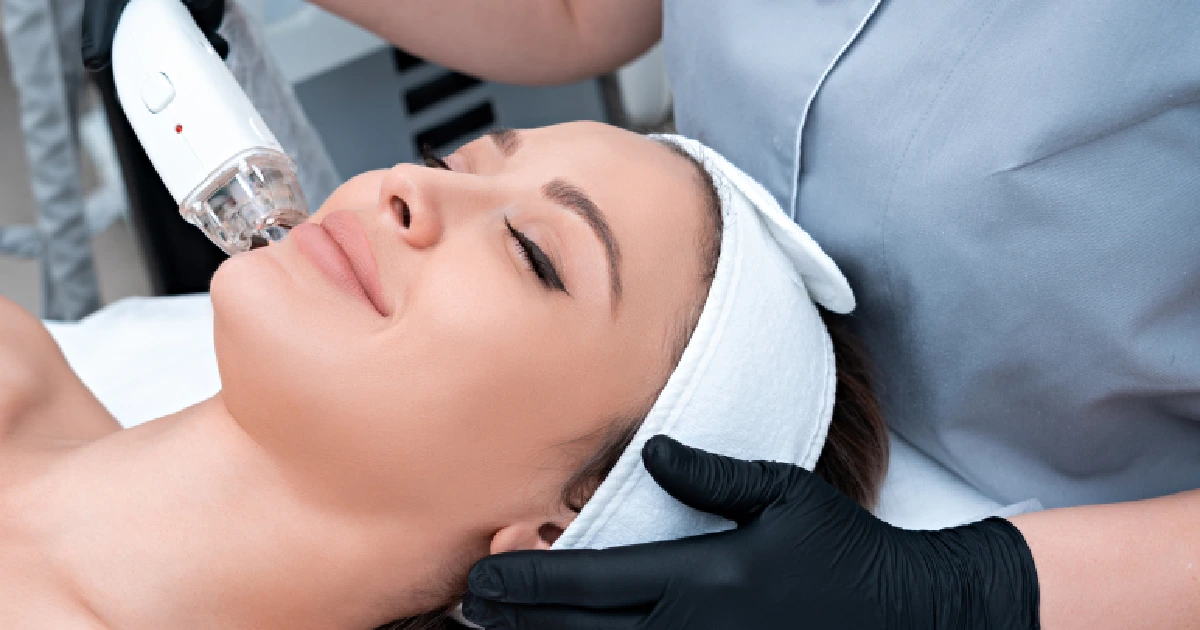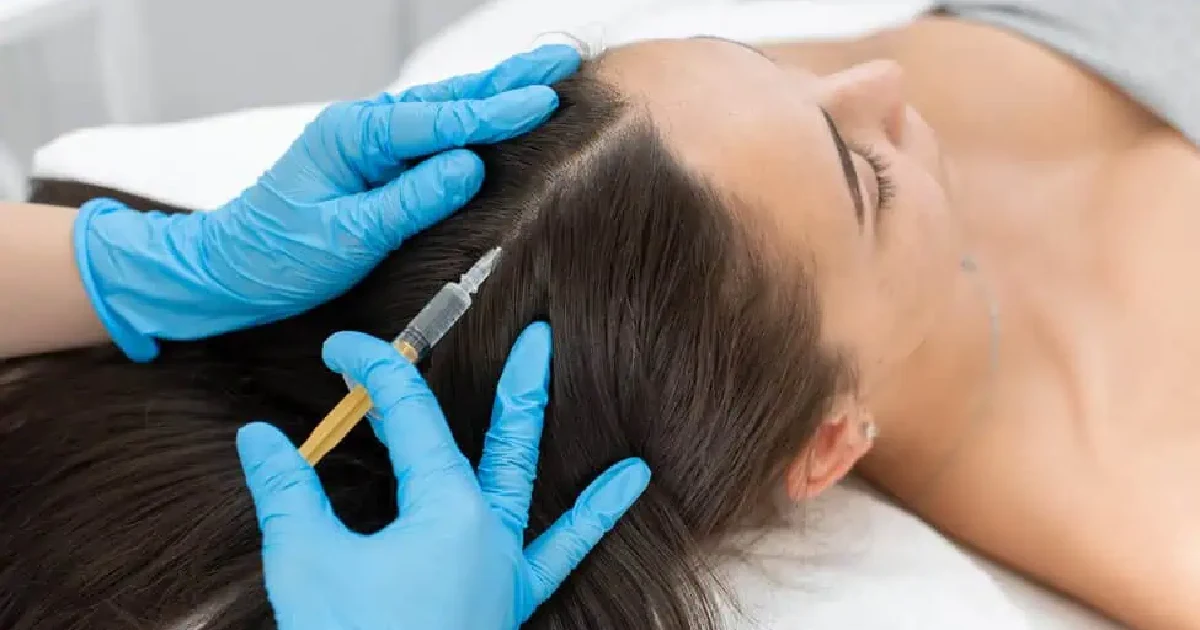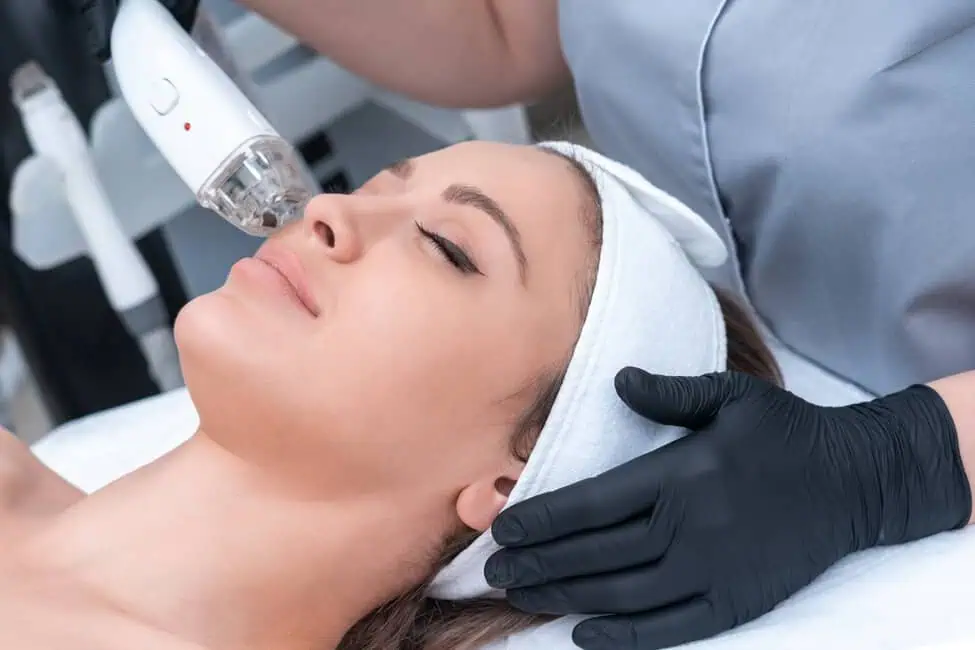Hair significantly impacts how someone feels about themselves in a world where confidence is vital. Investigating the plethora of hair restoration techniques currently accessible is the first step towards regaining your confidence, regardless of the condition you’re dealing with—thinning hair, receding hairline, or even baldness. Modern noninvasive therapies and state-of-the-art surgical techniques are only two of the many options available to meet the distinct demands of each patient. Let’s explore the field of hair restoration and discover how these cutting-edge methods may change lives.
Understanding Hair Loss
Before discussing the remedies, it is critical to comprehend the underlying reason for hair loss. Numerous causes, such as aging, stress, hormone imbalances, heredity, and medical problems, can cause hair loss. Whatever the reason, the effect on self-worth can be severe, leading people to look for workable ways to boost their confidence.
Surgical Hair Restoration
-
- Follicular Unit Transplantation (FUT): FUT, sometimes called strip harvesting, is a surgical procedure where a strip of scalp is removed from the donor site, usually the back of the head, and transplanted onto the thinning or balding areas. This technique is appropriate for situations of significant hair loss since it enables the transplantation of several grafts in a single session.
-
- Follicular Unit Extraction (FUE): Using FUE, a minimally invasive method of hair transplantation, individual hair follicles are extracted from the donor location and inserted into the recipient site. FUE leaves fewer scars and requires a shorter recovery period than FUT since it does not necessitate the excision of a scalp strip. This technique works for both men and women experiencing hair loss and produces natural results.
Non-Surgical Hair Restoration
-
- Platelet-Rich Plasma (PRP) Therapy: PRP therapy harnesses the regenerative properties of platelets in the patient’s blood to stimulate hair growth. During the procedure, blood is drawn from the patient, processed to extract the platelet-rich plasma, and then injected into the scalp. PRP therapy promotes hair follicle rejuvenation, increases blood flow to the scalp, and improves hair density and thickness.
-
- Low-Level Laser Therapy (LLLT): LLLT, also known as laser hair therapy, utilizes low-level laser light to stimulate hair follicles, increase cellular activity, and promote hair growth. This noninvasive, painless treatment typically involves a specialized laser device applied directly to the scalp. LLLT is suitable for individuals in the early stages of hair loss or as a complementary therapy following surgical hair restoration procedures.
Medications and Topical Treatments
-
- Minoxidil: The FDA has approved minoxidil as a treatment for hair loss. It is sold as a topical solution or foam. It enlarges blood vessels, boosts blood flow to the scalp, and extends the hair follicles’ growth phase. When applied topically to the scalp, minoxidil is an effective treatment for pattern hair loss in both men and women.
-
- Finasteride: An oral drug called finasteride prevents testosterone from being converted to the hormone dihydrotestosterone (DHT), which causes hair loss in people who are genetically predisposed to it. Male pattern baldness patients are usually administered finasteride since it has been demonstrated to slow down hair loss and encourage hair growth successfully.
Lifestyle and Dietary Approaches
While hair restoration methods offer practical solutions, adopting a healthy lifestyle and addressing nutritional deficiencies can also significantly promote hair health. Incorporating a balanced diet rich in vitamins, minerals, and protein, managing stress levels, and avoiding damaging hair practices can contribute to overall growth and vitality.
Combining Treatments for Optimal Results
For individuals seeking comprehensive hair restoration, combining multiple treatment modalities can often yield the best results. By addressing hair loss from various angles, patients can optimize their chances of regaining a full and natural-looking head of hair.
-
- Surgical + Non-Surgical Approach: Many patients opt for a combination of surgical hair transplantation and non-surgical treatments like PRP therapy or LLLT. This approach allows the transplantation of hair follicles to restore areas of significant balding while simultaneously stimulating hair growth and improving the overall health of existing hair follicles.
-
- Medications + Lifestyle Changes: Incorporating FDA-approved medications like minoxidil or finasteride into a holistic approach that includes lifestyle modifications can be highly effective. By addressing hormonal imbalances and promoting scalp health through medication while also optimizing nutrition and reducing stress levels, patients can enhance the efficacy of their hair restoration regimen.
The Importance of Consultation and Personalized Treatment Plans
Although the variety of hair restoration techniques may appear daunting, individualized treatment programs catered to each patient’s specific requirements and objectives are essential for good results. An appointment with a licensed hair restoration doctor is an essential first step.
Throughout the consultation procedure, the professional thoroughly assesses the patient’s scalp, hair loss pattern, medical history, and cosmetic preferences. Based on the assessment, a personalized treatment plan that outlines the best course of action for achieving the intended outcomes is created.
Moreover, ongoing communication between the patient and the specialist is essential throughout treatment. Based on the patient’s response to therapy, adjustments to the treatment plan may be made, ensuring that the approach remains tailored and effective.
Embracing Confidence and Empowerment
Beyond the physical transformation, hair restoration is more than just regaining lost hair—it’s about reclaiming confidence, self-assurance, and empowerment. For many individuals, hair loss can profoundly impact their quality of life, affecting their social interactions, professional opportunities, and overall well-being.
People who take proactive measures to invest in their appearance and treat hair loss might see a significant increase in their sense of empowerment and self-worth. The advantages of hair restoration go far beyond appearances, as seen by the increased self-assurance one feels when entering a room, posing for pictures without fear, or just enjoying the sensation of running one’s fingers through a full head of hair.
Takeaway
The journey to hair restoration is profoundly personal, and each individual’s chosen path varies. Whether opting for surgical intervention, noninvasive treatments, medications, or a combination thereof, the goal remains to regain confidence and embrace a fuller, more vibrant mane. With advancements in technology and ongoing research, the landscape of hair restoration continues to evolve, offering hope and transformative results to those seeking to unlock their true potential.
Don’t let hair loss hold you back from living life to the fullest. With Pacific Obstetrics & Gynecology‘s premier hair restoration services in Newport Beach, CA, you can reclaim your confidence, embrace your unique beauty, and enter a future filled with limitless possibilities. Ready to embark on your journey to hair rejuvenation? Schedule your consultation today and discover Pacific Obstetrics & Gynecology’s transformative power!

